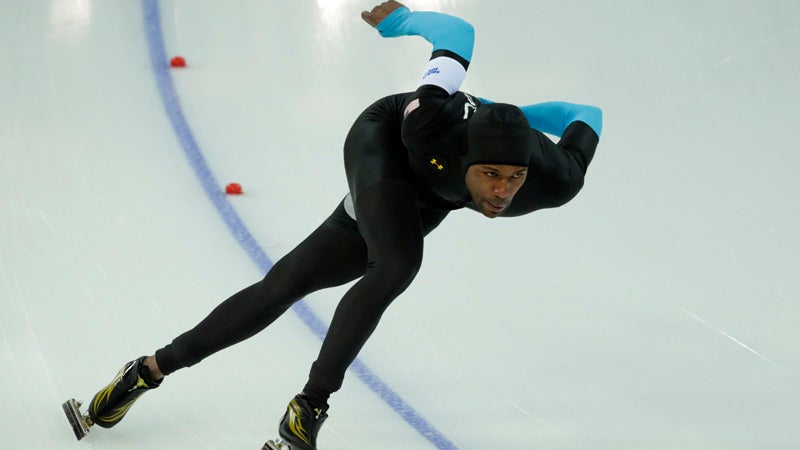Sidestepping direct criticism of Under Armour, U.S. Speedskating blamed the late introduction of the company’s suits, the squad’s high-altitude training program, and a lack of data collection for the team’s historic poor showing at the Sochi Olympics, the .
“The idea that we would give these game-changers to our athletes right before the Olympics and they would get to the line and feel like they had an advantage, that did not work,” Ted Morris, the executive director of U.S. Speedskating told the Wall Street Journal. “The lesson there is that if we have game-changers like that, let’s introduce them in December, not February.”
While the initial reaction to the team’s poor showing focused on the speed suits, the internal assessment was far more wide-ranging and questioned the training and preparation of the athletes themselves. For example, the report found that stars like Shani Davis and Heather Richardson were seriously drained after traveling to Nagano, Japan, to compete the week before arriving in Sochi. ┬á
Morris also told the Wall Street Journal that expectations going into Sochi were not realistic. “The idea that we were going to go there and win eight, 10, 12 medals in long-track alone was way off.”
Before the close of the Games, Under Armour and U.S. Speedskating renewed their contracts through 2022. 


